|
As our OFH Mission describes, All Associates and Members of the Order of Franciscan Hermits are to "“Rebuild the Church” and Promote World Peace through contemplative prayer, compassionate dialogue, fraternal interaction, nonviolent action, and performing the good works asked of us in the Gospel, striving to Build and Unite the Body of Christ which suffers from many divisions, fostering a more perfect life, and exercising other works of the apostolate (Canon 298). As Hermits, we cherish substantial silence, substantial solitude, prayer and penance." This is difficult in our modern world, without a commitment to the contemplative dimension of our vocation.
The following resources are important tools to learn about Contemplation...
"St. Francis of Assisi - a man transformed in prayer" - Letter of the Capuchin General Minister6/25/2018
The letter, "St. Francis of Assisi - a man transformed in prayer" by the Capuchin Franciscan General Minister, Br. Mauro Johri, is an an important document for all Associates and Members of the Order of Franciscan Hermits to read, embrace and enact. Although we do not typically live in Community, we should be first committed to our prayer life so that we may continue to carry out the good works of the Gospel in our lives. It is recommended that you read this document regularly as a reminder of the importance of prayer to our vocation as contemplative Franciscans. (CLICK HERE to open Document.)
St. Teresa of Avila (Wikipedia), a reformer of the Carmelite Order, is one of the most important authorities on the Spiritual Life. She is a "Doctor of the Church" and I HIGHLY recommend you read or listen to her writings...
Psalm 62:5-8
The highest level of prayer is Contemplation (Contemplatio)... it is not the same as Meditation (Meditatio). In Meditatio, we are actively working at directing the prayer experience... we imagine, perhaps, sitting at the foot of the cross, looking up at Jesus and become aware of His Great Sacrifice for our Sins. In Contemplatio, God takes over...
"Man achieves the fullness of prayer not when he expresses himself, but when he lets God be most fully present in prayer. The history of mystical prayer in the East and West attests to this: St. Francis, St. Teresa of Avila, St. John of the Cross, St. Ignatius of Loyola, and in the East, for example, St. Serafim of Sarov and many others. [Pope JPII, Crossing the Threshold of Hope, p.18] "Blessed is the man whose help is from Thee. In his heart he hath disposed to ascend by steps, in the vale of tears, in the pace which he hath set. Since beatitude is nothing other than the enjoyment of the supreme good, and this supreme good is above us, no one can attain beatitude unless he rises about himself, not in body but in heart. Yet we cannot rise about ourselves unless a superior power lifts us up. No matter how well we plan our spiritual progress, nothing comes of it unless divine assistance intervenes. And divine assistance is there for those who seek it humbly and devoutly, who sigh for it in this vale of tears by fervent prayer. Prayer, then, is the mother and the beginning of the ascent. [St. Bonaventure, Mystical Opuscula I, p. 9] Centering Prayer Centering Prayer is an ancient technique used by the early Christian Desert Fathers and Mothers to quiet the mind, the emotions, and to allow for us to become "Silent" and "Rest in the Lord." It is in the Silence where we "BE" with God and achieve Union with Him, without our active participation of the mind and emotions... God takes over our experience. Fr. Thomas Keating, OCSO is a Cistercian (Trappist) who has written many books on Centering Prayer and there are many interviews and lectures of him on YouTube. He is the founder of www.ContemplativeOutreach.org which is an excellent resource to help anyone who is interested in progressing in the Spiritual Life, particularly with Contemplative Prayer.
|
Archives
February 2024
|
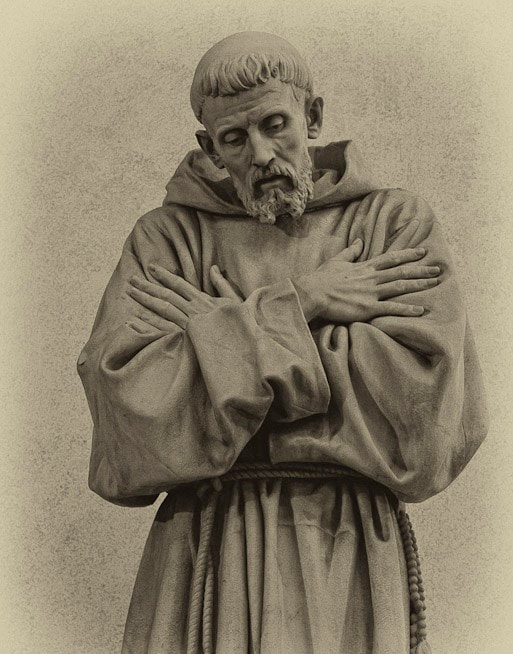
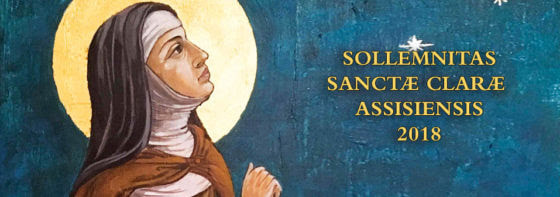
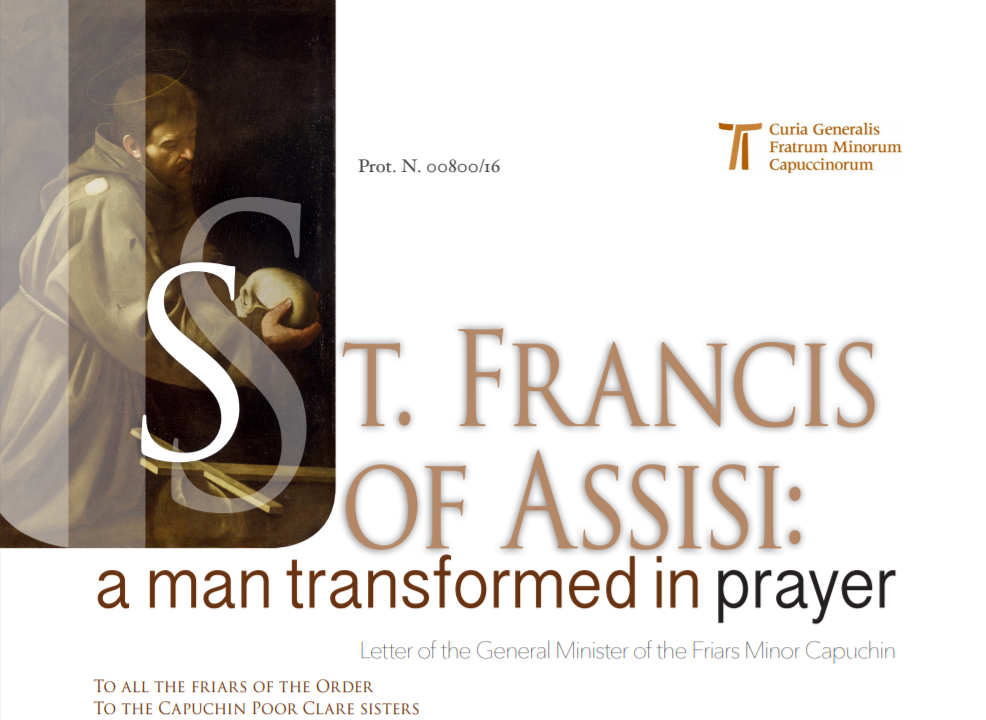
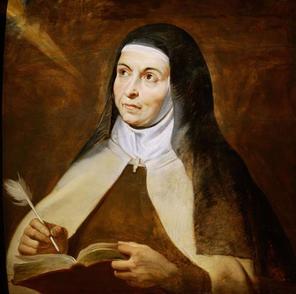
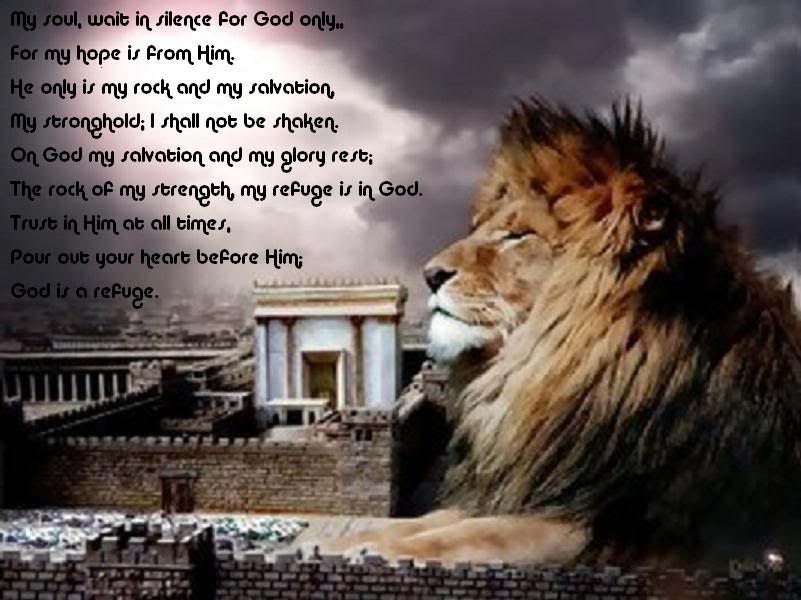
 RSS Feed
RSS Feed
